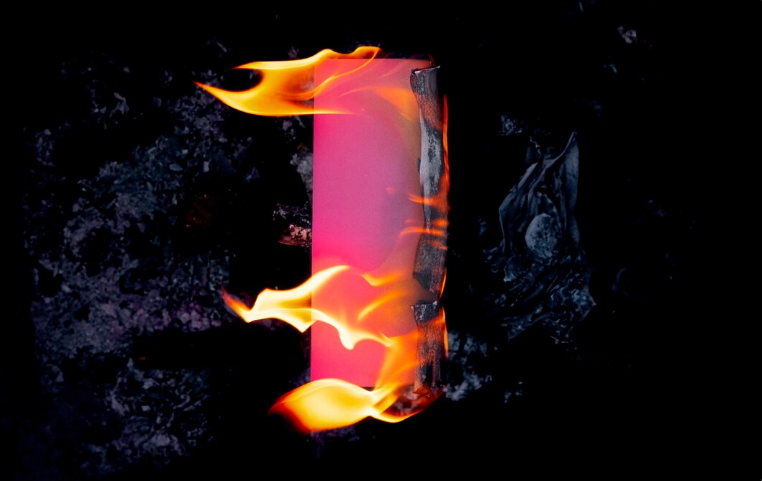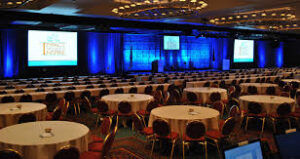Art that captures the wild spirit of fire and imagination exerts a magnetic attraction. From smoldering embers to dancing fire, each work throbs with energy, heat, and color. Unique Flame-Inspired Artwork transforms elemental heat into living images, regardless of the medium: metal, wood, glass, or canvas, poised to withstand the blazing heat. Here, we delve into the fascinating world of flame-driven art, exploring techniques, materials, safety practices, and emerging trends that ignite the imagination.
The Allure of Flame-Inspired Art
The attraction of flame art is its immediate rawness. In contrast to chisel or brush work, the manipulation of flame is an ongoing performance; the artist must adjust temperature, velocity, and angle in real-time. The process produces random textures and haphazard color transitions, as oxidation and scorching build unique patterns.
Key appeals are:
- Dynamic Texture: Jagged char marks and smooth melted ridges form simultaneously.
- Vibrant Hues: Metal surfaces display iridescent blues, purples, and golds subjected to different heat.
- Sensory Experience: Propane hiss, wood crackle, and embers’ glow appeal to multiple senses.
Artists patchwork these characteristics in installations and artwork for the gallery, forever breaking the boundary of what can be expressed in flame art.
Common Flame Art Techniques
| Technique | Description | Typical Materials |
| Metal Fusing | Welding layered metal plates to form sculptural reliefs | Steel, copper, welding torch |
| Glass Blowing | Melting and shaping molten glass over an open flame | Borosilicate glass rods, propane |
| Pyrography (Wood Burning) | Using heated nibs to “draw” or burn patterns into wood | Birch or maple panels, pyro pen |
| Flame Painting | Applying flame to canvas or board for smoke textures | Canvas, fuel-soaked brushes, solvents |
All these techniques require special equipment and knowledge of fire behavior. Metal artists, for example, typically switch between acetylene burners and welding torches to achieve diverse heat zones, whereas glassmakers require a steady flame temperature to prevent cracks.
Explore flame-inspired artistic methods that have changed the game in this medium over the last decade.
Materials, Safety, and Studio Setup
Safety is always a question where there are open flames. A controlled environment prevents accidents and allows for results to be duplicated. A couple of things to consider are:
- Ventilation & Fume Extraction: Utilize overhead hoods or exhaust fans to remove smoke and toxic gases.
- Heat-Resistant Work Surfaces: Use firebrick, ceramic tiles, or steel tables to avoid damage.
- Personal Protective Equipment (PPE): Use flame-retardant gloves, goggles with UV/IR filters, and a heavy apron.
- Fire Suppression Equipment: Keep Class B fire extinguishers, fire blankets, and sand buckets readily available.
- Material Storage: Keep fuels (propane, MAPP gas) and solvents in well-ventilated, fire-resistant cabinets, keeping them away from ignition sources.
Carefully planning your space, while protecting the artist, also enhances the overall quality of the final product by providing a consistent and secure environment for experimentation.
The Creative Process
The creation of a flame-inspired piece of art generally unfolds in five stages:
-
Concept Development
- Sketching ideas from nature phenomena (aurorae, volcanoes) or abstract forms.
- Color combination, moodboarding, and movement of flames.
-
Material Selection & Preparation
- Selecting substrates (e.g., cherry wood, mild steel, borosilicate glass).
- Pre-treating surfaces with sealants or primers to affect burn patterns.
-
Testing & Prototyping
- Producing small-scale samples to measure how the material responds under certain flame intensities.
- Torch tip size adjustment, fuel mixture, and torch angle.
-
Execution (Performance)
- Real‑time application of flame, more often captured as time‑lapse or as public demonstrations.
- Any real‑time adjustments to preserve the desired composition of char, melt, and color.
-
Finishing Touches
- Applying protective coatings (clear lacquers, waxes) to protect flame‑etched effects.
- Mounting or framing to emphasize light and shadow interactions.
Halfway through this process, most practitioners also record their creative fire art process so that it can be shared and inspire new artists.
Inspiring Examples & Emerging Trends
Flame art also evolves, intersecting with technology and environmentalism:
- Interactive Flame Sculptures: Movement by the crowd causes bursts of flame or smoke.
- Digital Projection Mapping: Merging flame art with projected images to produce tableaux-style experiences.
- Eco-Flame Projects: Operating bio-ethanol fuels, smokeless torches, and recycling metal junk.
- Partnering Installations: Artists collectives integrate diverse types of flame artwork, e.g., metal, glass, and wood, into meaningful presentations.
Giant festivals now include fire art installations beneath which viewers walk through incandescent structures, sensing both light and heat firsthand. At the same time, galleries exhibit state-of-the-art flame art works that challenge the boundaries of sculpture and painting.
Community Engagement and Education
In recent years, flame art has spilled out of the studio and the gallery into the community workshop and school programs. Art centers and makerspaces host hands-on courses where new people learn the basic handling of a torch and basic safety procedures from experienced instructors.
Art faculties at universities have also added modules, educating students in the chemistry of heat‑induced color transformations and physics of flame movement. They are not only demystifying access to flame art but also motivating interspecialization between artists, engineers, and scientists toward pioneering interdisciplinary ventures blending aesthetic and technological innovation.
Final Thoughts
Harnessing the power of fire as a creative medium requires bravery, skill, and willingness to accept surprising results. From small wood-burned portraits to large flame-powered sculptures, the medium reclaims the magic of heat and light. With the evolution of materials science and the exploration of technical boundaries by artists, flame-inspired art from professional artists like Lola’s Fire Ink Designs LLC will continue to innovate, presenting fresh insights into the elemental forces that govern our existence.
Frequently Asked Questions
What materials are best suited for flame‑based art?
They include metals like steel and copper, hardwoods such as maple and birch, and borosilicate glass, as they are highly resistant to heat and have a uniform performance.
How does pyrography differ from flame painting?
Pyrography uses a fine heating tip, whereas flame painting involves woodburning brushes, as well as torches, to produce smoky, abstract textures.
What precautions should I take when starting flame art?
Provide good ventilation, utilize heat-resistant surfaces, wear flame-retardant personal protective equipment, and keep fire extinguishers and blankets readily available.
Can I integrate digital media with flame art?
Yes, projection mapping and LED integration can be mixed with live flame to create dynamic, multimedia installations.
Where are the best venues to see flame‑inspired artwork?
Visit glass-blowing studios, metal art galleries, outdoor art fairs, and flame art festivals that have live demonstrations and interactive displays.






